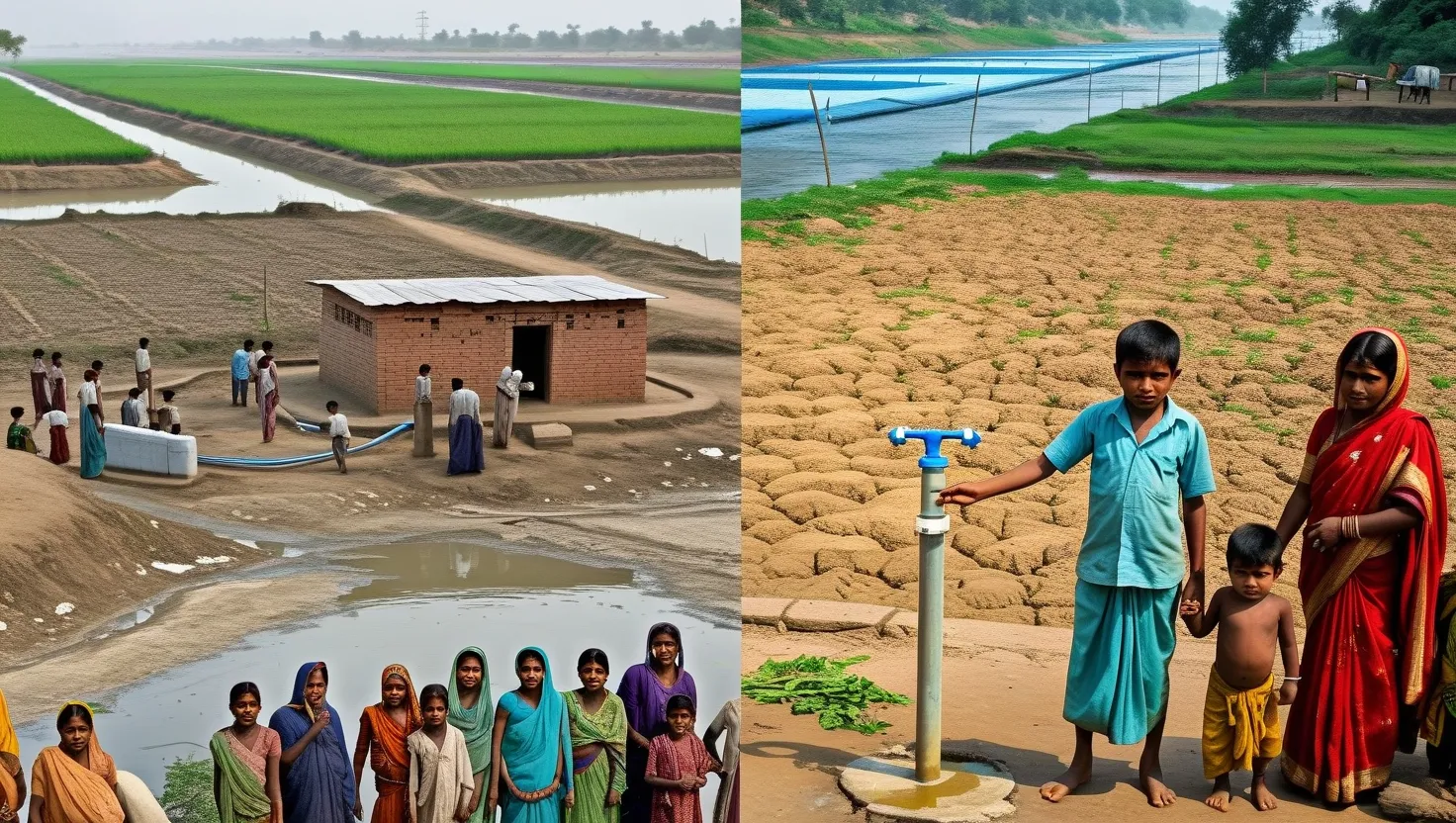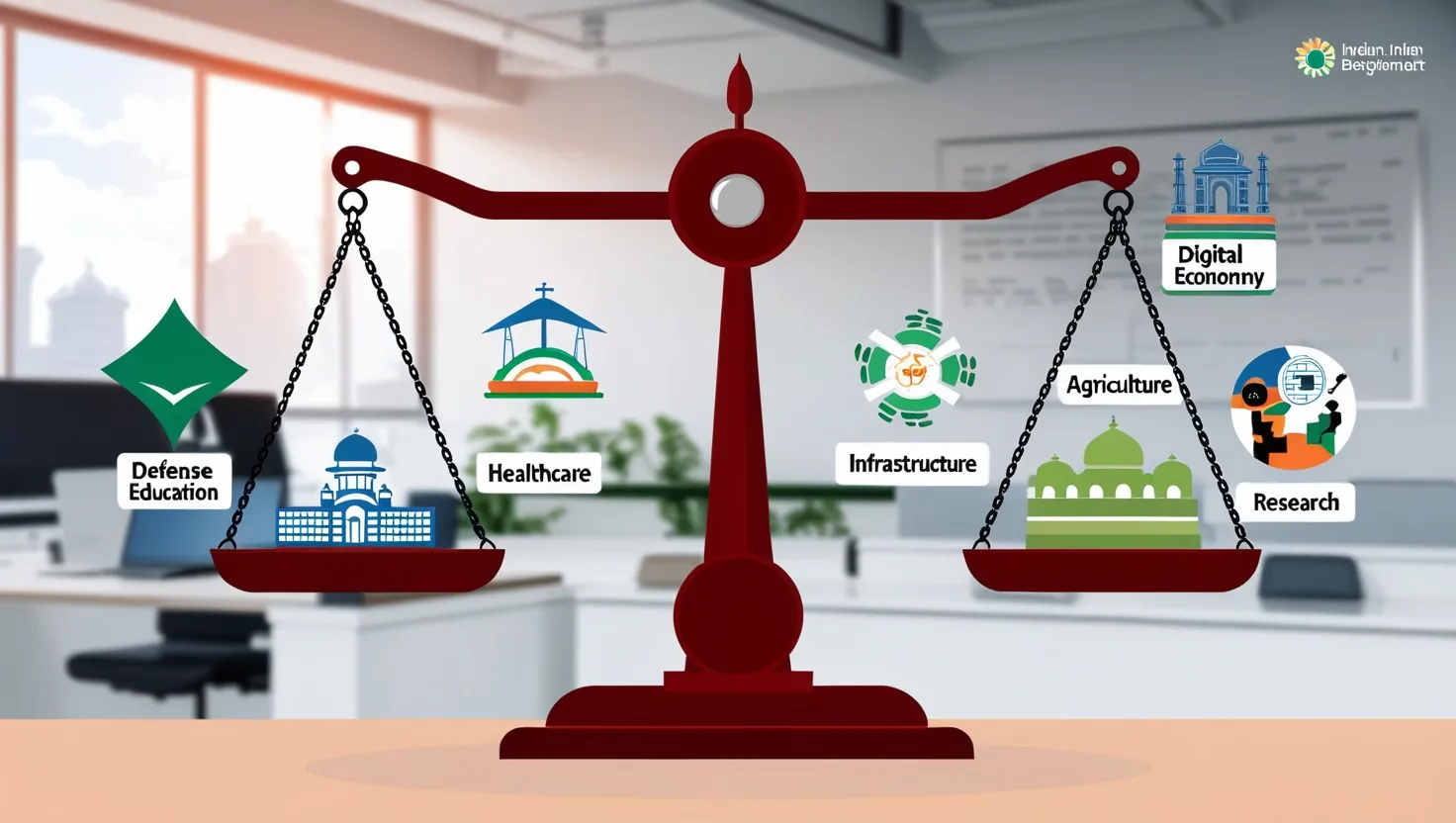As I stand at the edge of a parched Indian village, the stark reality of India’s water crisis hits home. The sun beats down relentlessly, and the once-green fields now lie barren, a testament to the country’s struggle with water scarcity. But amidst this dire scenario, there is a glimmer of hope. India has been implementing several innovative water management policies aimed at addressing its hydro challenges. Let’s delve into these initiatives and explore how they are shaping the country’s water future.
Jal Jeevan Mission: Bringing Water to Every Doorstep
Imagine a life where every household has access to clean, running water. This is the vision of the Jal Jeevan Mission, a flagship program launched by the Indian government to provide tap connections to every rural household. The mission is ambitious, aiming to cover over 19 crore households by 2024. But what makes it unique is its focus on community participation and local governance. Villagers are not just recipients; they are active stakeholders in managing and maintaining their water supply systems.
As I speak to villagers who have benefited from this mission, their stories are filled with a sense of pride and ownership. “We used to walk miles to fetch water,” says one villager. “Now, we have water right at our doorstep. It’s not just about convenience; it’s about dignity.”
Atal Bhujal Yojana: The Groundwater Revolution
Groundwater is the lifeblood of India’s agriculture, but its overexploitation has led to alarming levels of depletion. The Atal Bhujal Yojana is a groundbreaking initiative aimed at managing this critical resource sustainably. This program involves mapping aquifers, promoting water-efficient practices, and engaging communities in groundwater management.
“Water is life,” as the ancient Indian proverb goes. But managing it is a complex task. The Atal Bhujal Yojana recognizes that groundwater is not just a resource but a common pool that requires collective stewardship. By involving millions of farmers and local communities, the program seeks to ensure that the rate of extraction is sustainable and that aquifers are recharged effectively.
National River Linking Project: A Visionary Dream
The National River Linking Project is one of India’s most ambitious engineering endeavors. It aims to connect major rivers across the country to ensure a more equitable distribution of water. While the project has its critics, it also holds immense potential for addressing regional water imbalances.
“Nature is not a place to visit. It is home,” says Gary Snyder, an American poet and environmentalist. The National River Linking Project is a testament to this philosophy, seeking to harmonize human needs with the natural flow of rivers. However, it also raises critical questions about environmental impact and the displacement of communities. As we ponder the future of this project, we must ask: Can we balance human needs with the health of our ecosystems?
Namami Gange Program: Rejuvenating the Ganges
The Ganges River is more than just a water body; it is a cultural and spiritual icon for millions of Indians. The Namami Gange program is a comprehensive initiative to rejuvenate this sacred river. From cleaning up pollution to restoring riverine ecosystems, the program is a multifaceted effort to bring the Ganges back to its former glory.
“Rivers do not drink their own water; trees do not eat their own fruit. The sun does not shine for itself,” says a Sanskrit proverb. The Namami Gange program embodies this spirit of selflessness, recognizing that the health of the river is intertwined with the well-being of the communities that depend on it.
National Water Policy: A Holistic Approach
The National Water Policy is a cornerstone of India’s water governance framework. It advocates for a multidisciplinary and participatory approach to water management, emphasizing the need for sustainable use and equitable distribution. The policy recognizes that water is not just an economic resource but a social and environmental one as well.
“Water is the driving force of all nature,” said Leonardo da Vinci. The National Water Policy reflects this wisdom, acknowledging that water management is not just about engineering solutions but about governance, community engagement, and environmental stewardship.
Implementation Challenges and Environmental Concerns
While these policies are laudable, their implementation is fraught with challenges. From the fragmented governance structure to the lack of interdisciplinary approaches, there are many hurdles to overcome. The Cauvery Water Management Authority, for instance, has faced criticism for its narrow focus on engineering solutions, overlooking broader ecosystem concerns.
As we move forward, we must ask: How can we ensure that these policies are implemented effectively? How can we address the collective action problem where individual state interests undermine optimal resource allocation and ecological conservation?
The Way Forward
India’s water management policies are not just about solving a crisis; they are about creating a sustainable future. As we reflect on these initiatives, we are reminded of the words of Mahatma Gandhi: “The earth has enough resources for our need, but not enough for our greed.”
The journey ahead is complex, but with the right policies and a commitment to sustainable practices, India can ensure water security for generations to come. The question remains: Will we rise to the challenge and manage our water resources wisely, or will we continue down the path of mismanagement and scarcity?
As I leave the village, I am filled with a sense of hope and determination. The battle for India’s water future is ongoing, but with innovative policies and collective action, we can create a brighter, more sustainable tomorrow.






